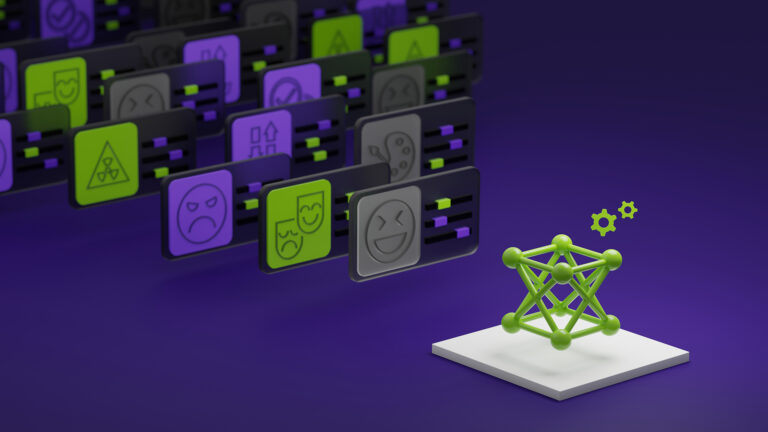
With the advent of large language models (LLMs) such as GPT-3, Megatron-Turing, Chinchilla, PaLM-2, Falcon, and Llama 2, remarkable progress in natural language generation has been made in recent years. However, despite their ability to produce human-like text, ?foundation LLMs can fail to provide helpful and nuanced responses aligned with user preferences. The current approach to improving��
]]>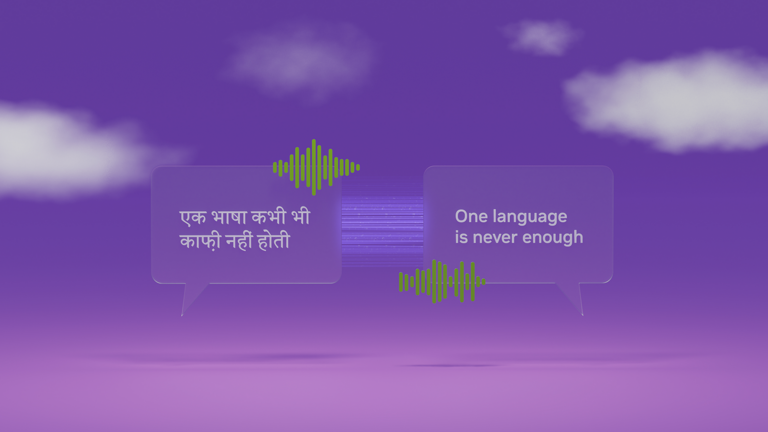
From start-ups to large enterprises, businesses use cloud marketplaces to find the new solutions needed to quickly transform their businesses. Cloud marketplaces are online storefronts where customers can purchase software and services with flexible billing models, including pay-as-you-go, subscriptions, and privately negotiated offers. Businesses further benefit from committed spending at��
]]>
A primary goal in the field of neuroscience is understanding how the brain controls movement. By improving pose estimation, neurobiologists can more precisely quantify natural movement and in turn, better understand the neural activity that drives it. This enhances scientists�� ability to characterize animal intelligence, social interaction, and health.
]]>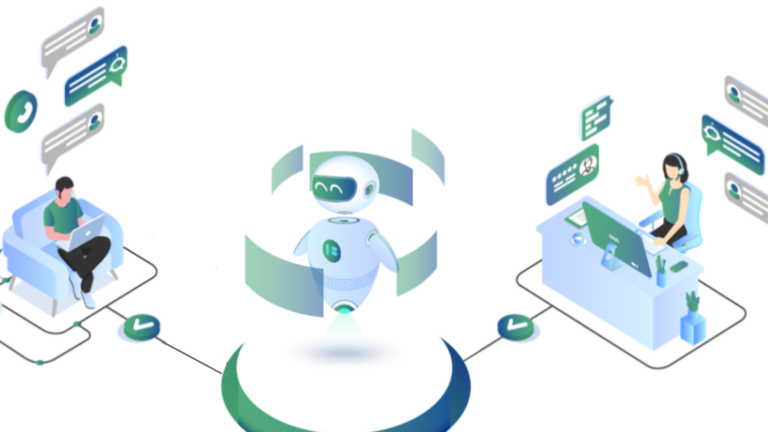
The telecom sector is transforming how communication happens. Striving to provide reliable, uninterrupted service, businesses are tackling the challenge of delivering an optimal customer experience. This optimal customer experience is something many long-time customers of large telecom service providers do not have. Take Jack, for example. His call was on hold for 10 minutes��
]]>
Generative AI technologies are revolutionizing how games are conceived, produced, and played. Game developers are exploring how these technologies impact 2D and 3D content-creation pipelines during production. Part of the excitement comes from the ability to create gaming experiences at runtime that would have been impossible using earlier solutions. The creation of non-playable characters��
]]>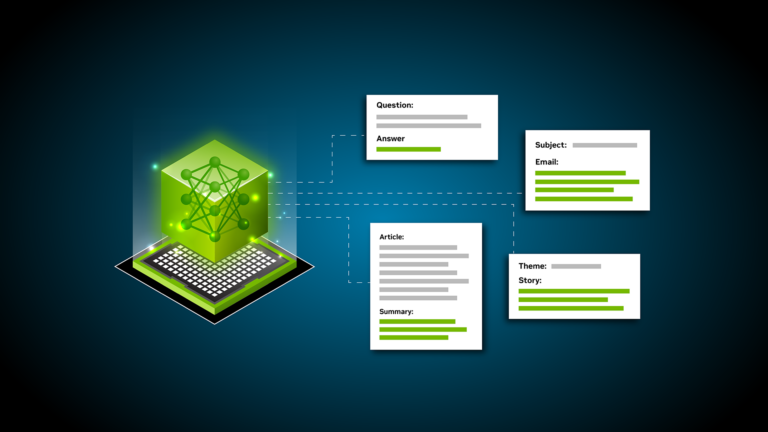
ChatGPT has made quite an impression. Users are excited to use the AI chatbot to ask questions, write poems, imbue a persona for interaction, act as a personal assistant, and more. Large language models (LLMs) power ChatGPT, and these models are the topic of this post. Before considering LLMs more carefully, we would first like to establish what a language model does. A language model gives��
]]>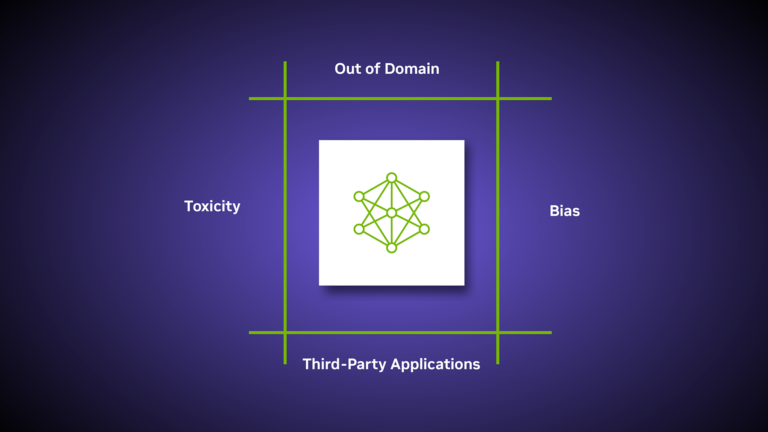
Large language models (LLMs) are incredibly powerful and capable of answering complex questions, performing feats of creative writing, developing, debugging source code, and so much more. You can build incredibly sophisticated LLM applications by connecting them to external tools, for example reading data from a real-time source, or enabling an LLM to decide what action to take given a user��s��
]]>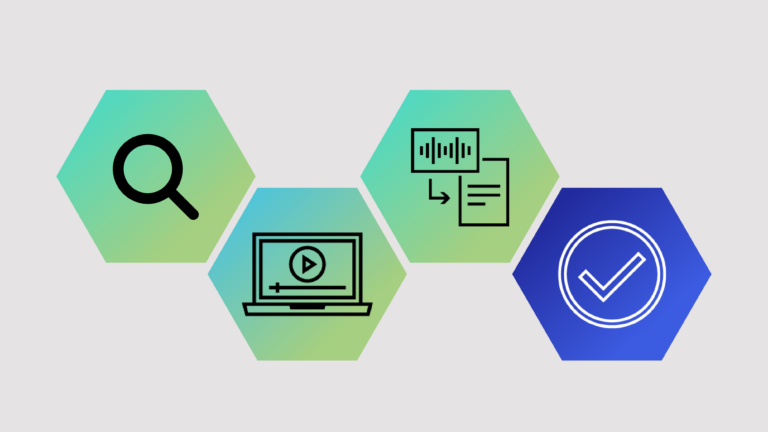
Over 55% of the global population uses social media, easily sharing online content with just one click. While connecting with others and consuming entertaining content, you can also spot harmful narratives posing real-life threats. That��s why VP of Engineering at Pendulum, Ammar Haris, wants his company��s AI to help clients to gain deeper insight into the harmful content being generated��
]]>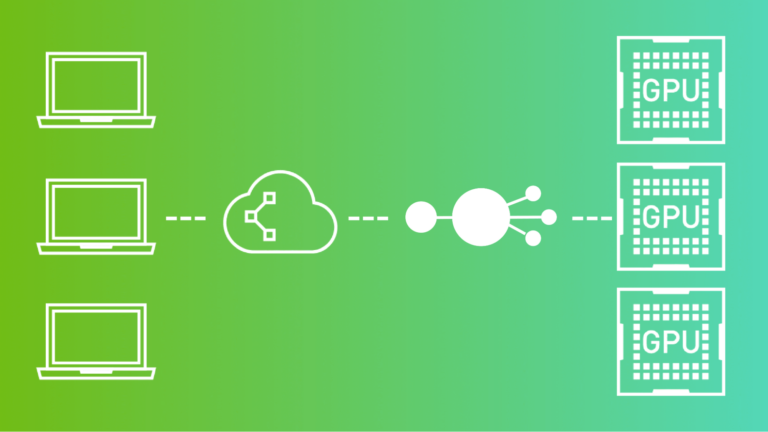
Speech AI applications, from call centers to virtual assistants, rely heavily on automatic speech recognition (ASR) and text-to-speech (TTS). ASR can process the audio signal and transcribe the audio to text. Speech synthesis or TTS can generate high-quality, natural-sounding audio from the text in real time. The challenge of Speech AI is to achieve high accuracy and meet the latency requirements��
]]>